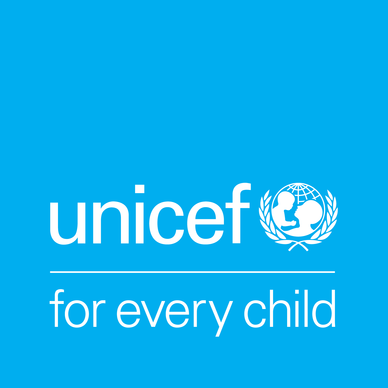What is child poverty?
Child poverty means children don’t have the basics they need to grow and thrive, like adequate nutrition, water, shelter, education, or health care. When they miss several of these things, it’s called multidimensional poverty.
But poverty is more than that. It can also mean not having early learning and play, social support, government help, or information about ways to improve their families. It often relates to their parents’ access to work and means to support the family.
Poverty violates children’s human rights and it can have lifelong effects.
Together with communities we strive to protect children from the effects of poverty.
Effects of poverty on child development
The effects of poverty in childhood are serious. Growing up without basic needs being met – from nutrition to education – hinders a child’s development. The effects of poverty on children include:
Physical Health
- Children in poverty often lack access to nutritious food, clean water, and healthcare.
- The lack of access can lead to malnutrition, stunted growth, and higher rates of illness.
Cognitive Development
- Chronic stress from living in poverty can change brain structures involved in learning and memory.
- This can result in lower academic achievement and cognitive delays.
Emotional and Mental Health
- Children in poverty are more likely to experience mental health issues like anxiety and depression.
- The stress of poverty can lead to emotional difficulties and trouble coping with everyday challenges.
Social Development
- Poverty can limit a child’s social interactions and opportunities.
- Children in poverty may have fewer chances to join extracurricular activities, which can affect their social skills and self-esteem.
Future Opportunities
- Growing up in poverty can limit future opportunities. For example: children who experience poverty are more likely to have a limited education and earn less as adults.
- These limitations can perpetuate the cycle of poverty across generations.
Child poverty rates around the world
- Around 333 million children live in extreme poverty. This means the whole family is living on less than £1.66 per day
- Sub-Saharan Africa has the highest child poverty rate worldwide, with 40% of children living in extreme poverty.
- South Asia has the second-highest child poverty rate, at nearly 19%.
- Child poverty is also prevalent in high-income countries. For example, one child in every five is experiencing child poverty in the UK.
How we are tackling child poverty with donations
As a charity, one of our top priorities is fighting child poverty. Below are some of the ways that we do this with the support of partners:
- Supporting Governments: We help governments measure, monitor, and report on child poverty. This data is crucial for designing effective policies and programmes.
- Social Protection Programmes: We promote social protection programmes like cash transfers, health insurance, education fee waivers, and maternity benefits. These programmes aim to give every child a better chance in life.
- Emergency Relief: In times of crisis, our emergency relief support helps reduce the risk of children falling into poverty.
- Advocacy and Partnerships: We use evidence-based advocacy and build global and local partnerships to increase efforts to end child poverty.

We reached 12 million households with UNICEF- supported cash transfers in 2024. Cash transfers help families meet their most urgent needs like food, shelter, and healthcare.
How to help children in poverty
To help children experiencing poverty, we need your support.
UNICEF works to deliver long-term support that creates lasting change—making the world ready for children. When you set up a regular donation, you become part of that ongoing work to tackle child poverty and build stronger systems that protect every child’s right to grow up healthy, safe, and learning.





